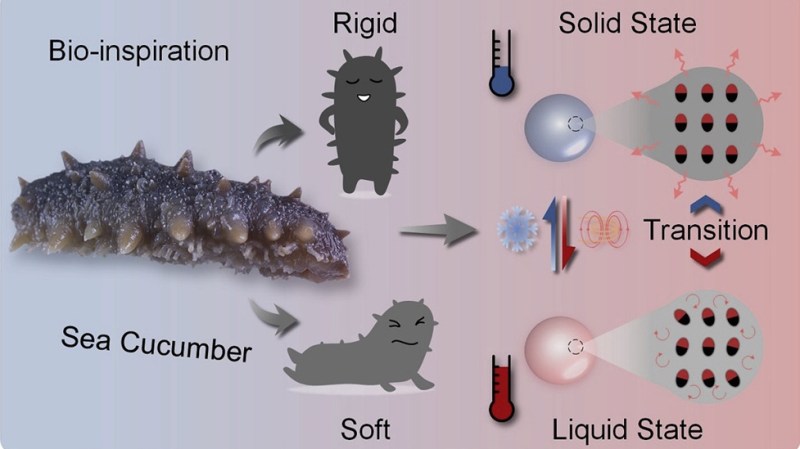These Fluid Displacement Thermal Actuators designed by [Andrew Benson] are a delightful and profoundly different approach to the Power Harvesting Challenge portion of The Hackaday Prize. While most projects were focused on electrical power, [Andrew]’s design is essentially a mechanical motor that harnesses the fact that Phase Change Materials (PCMs) change volume when they go from liquid to solid or vice-versa; that property is used to provide a useful hydraulic force. In short, it’s a linear actuator that retracts and expands as the PCM freezes or melts. By choosing a material with melting and freezing temperatures that are convenient for …read more
Continue reading Thermal Actuators: Hydraulic Motors That Feed on Temperature Changes→
